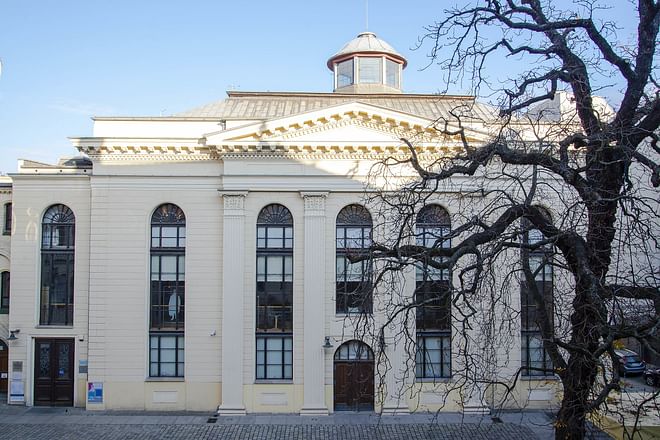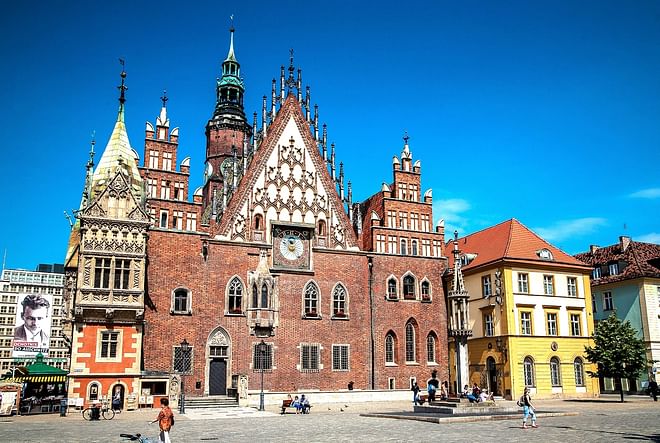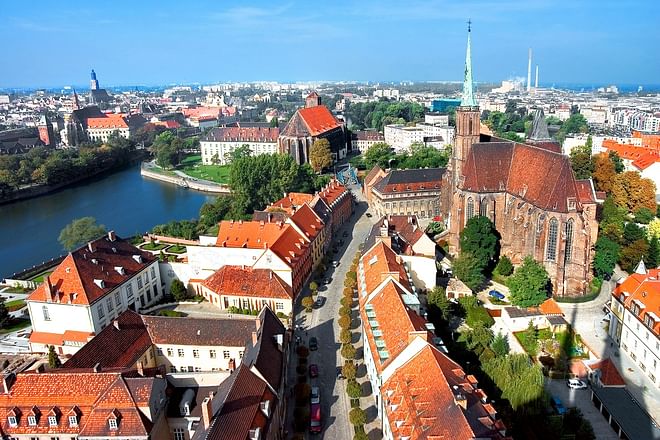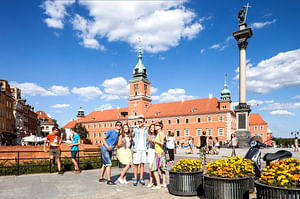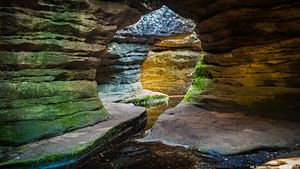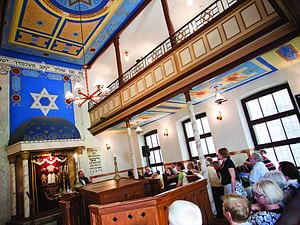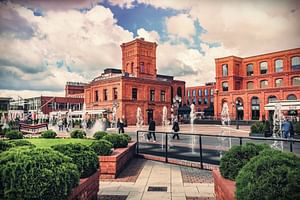With more than 800 years of its history, the Jewish community in Wrocław have experienced both ha...
With more than 800 years of its history, the Jewish community in Wrocław have experienced both harmony and moments of tragedy. In the 13th century, the followers of Judaism were under the jurisdiction of local dukes, who gave a guarantee to protect their personal safety as well as the safety of their property and their cemeteries. Concurrently, Church authorities were trying to restrict the rights of the Jewish community. In 1267, the clergy forced the Jews of Wrocław into a ghetto in the area of today's ul Uniwersytecka, Kuźnicza, Nożownicza, Św. Barbary and Więzienna. Its inhabitants primarily dealt in trade and crafts, but there were also bakers and butchers in the neighbourhood.
In the 14th century, Wroclaw saw first pogroms against its Jewish community, their safety and quality of life on the wane. In 1453, the Franciscan preacher John of Capistrano arrived in Wroclaw. He accused the Jews of sacrilege. Forty-one Jews were burnt at the stake as a result while others had their property confiscated and were exiled from the city. Two years later, Vladislaus II of Bohemia and Hungary prohibited the Jews to settle in the capital of Lower Silesia.
For more than two hundred years, the Jews would visit Wrocław only occasionally, e.g. during large fairs. They returned for good in 1657. In 1772, the Jewish community in Wrocław counted 775 members.
Jewish Theological Seminar
A watershed for the Jews in Wrocław came in 1812, when the Emancipation Act was passed that granted equal rights to all ethnic communities in the Kingdom of Prussia. The 19th century marks the golden age in the history of Wrocław Jews. A large number of institutions, companies, department stores and banks were established at the time. Many Jewish residents joined the social elite of Wroclaw as they became university professors, doctors, lawyers, bankers, civil servants, architects and artists.
W 1854, in then Wallsttrasse (todays's Włodkowica; the area of today's Włodkowica, Ruska, Św. Antoniego and Krupnicza was primarily inhabited by the Jews) the Jewish Theological Seminar was established on the initiative of Rabbi Abraham Geiger. The school provided schooling to prospective rabbis, and was also one of the centres for modern and liberal Judaism.
Kristallnacht and the Holocaust
In 1933, Wrocław was inhabited by over 20 thousand Jews. After Adolf Hitler's rise to power, many Jewish residents decided to emigrate, especially in the wake of the Kristallnacht. In November 1938, the New Synagogue was destroyed in a fire, while hundreds of Jewish residents were imprisoned. Between 1941 and 1944, the majority of Jewish residents of Wrocław were transferred to death and concentration camps.
